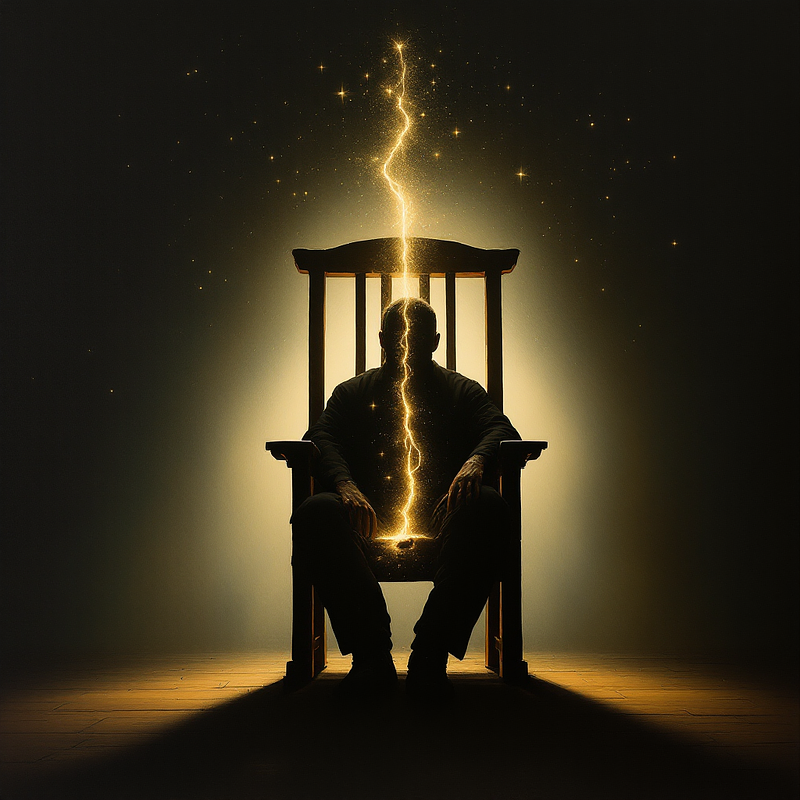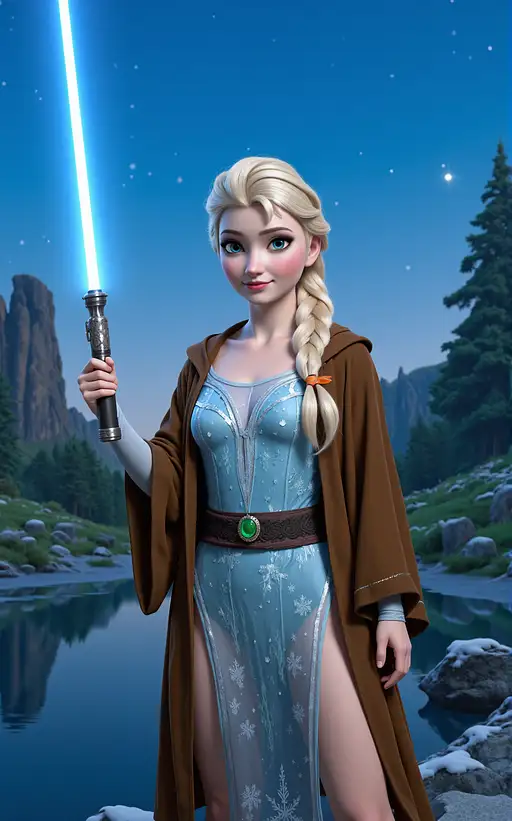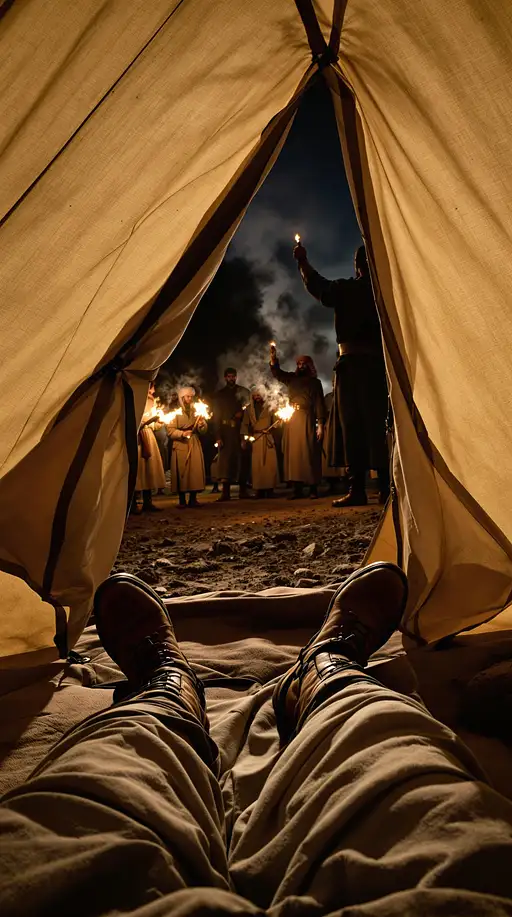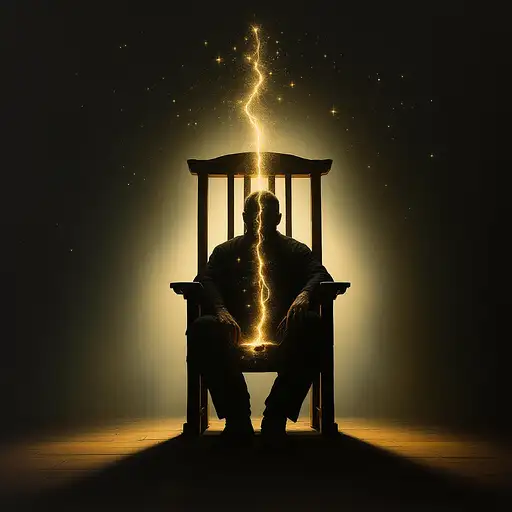
3 months ago
A lone Soviet Venera lander rests on the cracked, desolate surface of Venus under a thick, yellow-orange sulfurous sky. The air is dense and hazy, with swirling toxic clouds diffusing the sunlight into a perpetual twilight glow. The lander, with its robust, utilitarian design, circular base, and cylindrical instruments, sits quietly amidst the alien landscape, tubes and sensors reaching outward, gathering data in the oppressive heat. The ground is littered with dark, fractured rock plates, and in the distance, shadowy volcanic hills loom beneath the dense clouds. The atmosphere feels heavy, isolating, and silent, the lander a fragile piece of human engineering enduring in an unforgiving world. Cinematic lighting with volumetric haze, ultra-realistic texturing, high-detail scientific realism, shallow depth of field focusing on the lander, with soft particle dust drifting in the air, 8K, ray-traced rendering, slow camera push-in capturing the alien loneliness.





